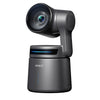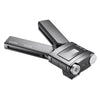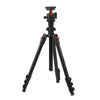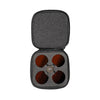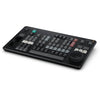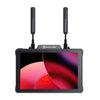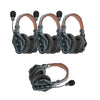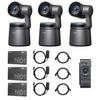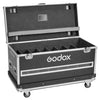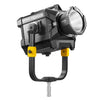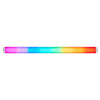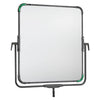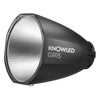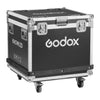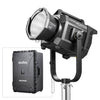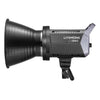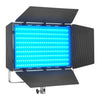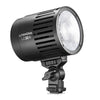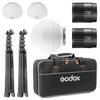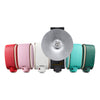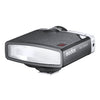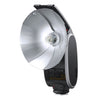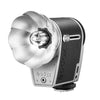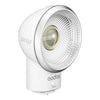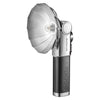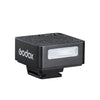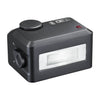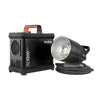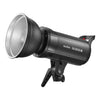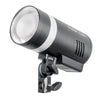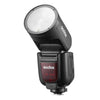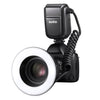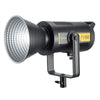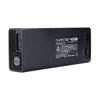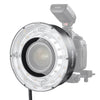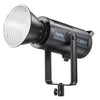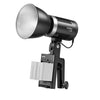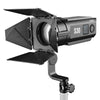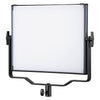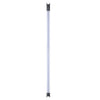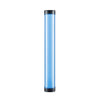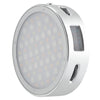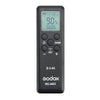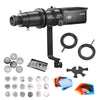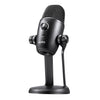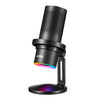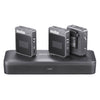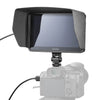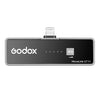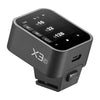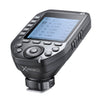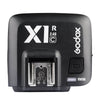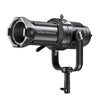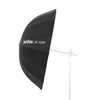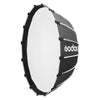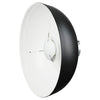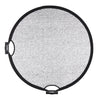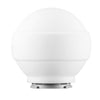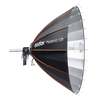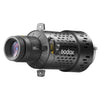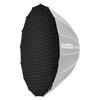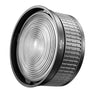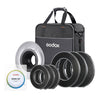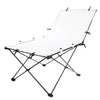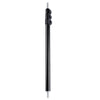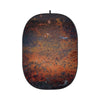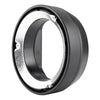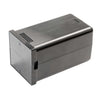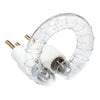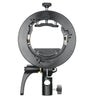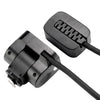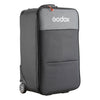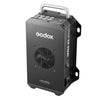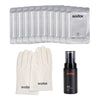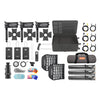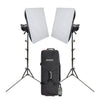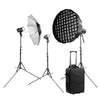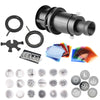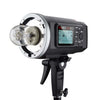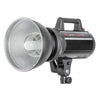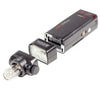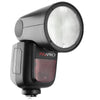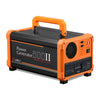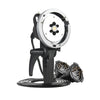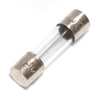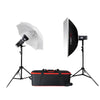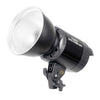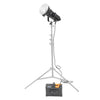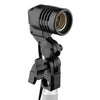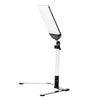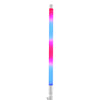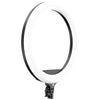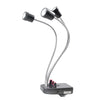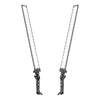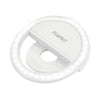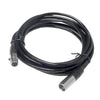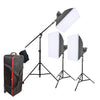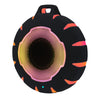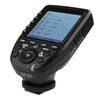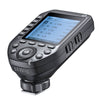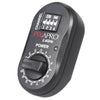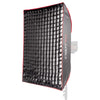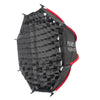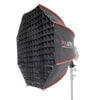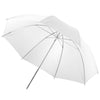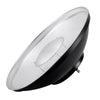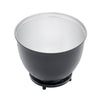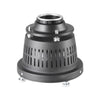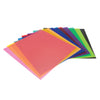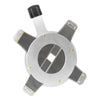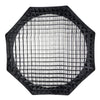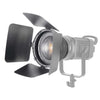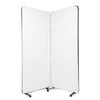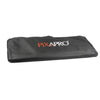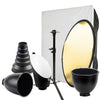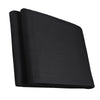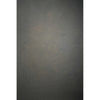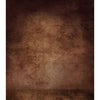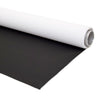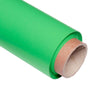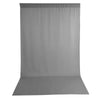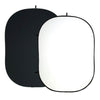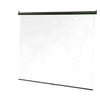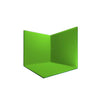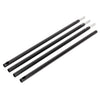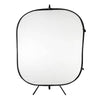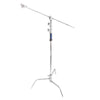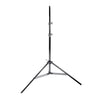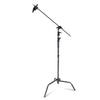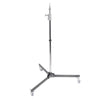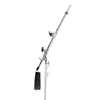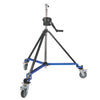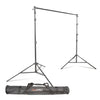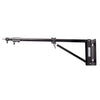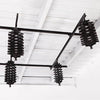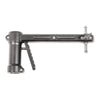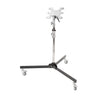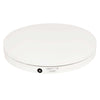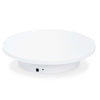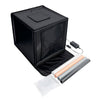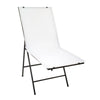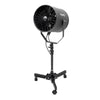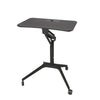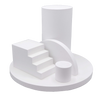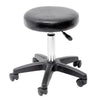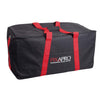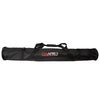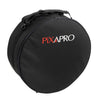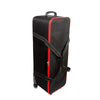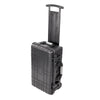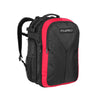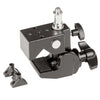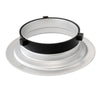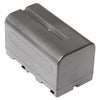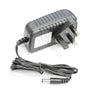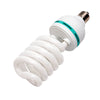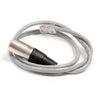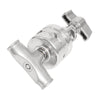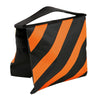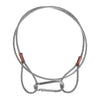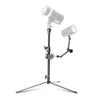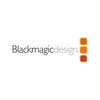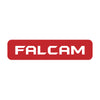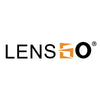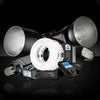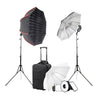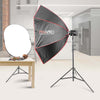A Beginner's Guide to C-Stands (aka Century Stands)
Whilst C-Stands are predominately designed to be used as stands for heavy lighting and modifiers, they offer a wide range of different uses for both photographers and videographers depending on their features and design. In this article, we look into exactly what C-Stands are what they do, as well as how C-Stands can be one of the most versatile pieces of equipment you can use for your work.
What are ‘C-Stands’?
C-stands, or Century Stands, are widely used by both photographers and filmmakers alike due to their robust and sturdy build quality. They are capable of holding heavy equipment such as large lighting units, or lights with large or heavy modifiers, due to the solid stainless-steel metal construction. C-Stands are often the next step up from a standard light stand as they often have a larger maximum load capacity in comparison.
This extra weight and sturdiness is often why these stands are primarily used in studio settings, as they are generally too cumbersome to carry around or transport to location shoots when compared to a lightweight, portable light stand.
Most C-Stands will come with a 5/8” Spigot/Stud on the top (the most common size on the market), allowing them to be used with most modern lighting units. C-Stands will also come with wider height extension compared to standard light stands, making them a more versatile option for your lighting.
Why are they Different?
There are a few key differences between C-Stands and standard light stands that contribute to their different uses.
Baby Pin
Generally, while many light stands use a universal 5/8” spigot with 3/8" screw (which is perfect for pairing with smaller lighting units with screw threads), the C-Stand will be supplied with a 5/8” spigot without thread (Baby Pin), and a 1-1/8" Junior Pin on the other side, which is used to support heavy equipment, such as large lights or camera rigs.
 |
 |
Turtle Base
The other key difference is the leg design of a C-Stand. Most standard light stands use a collapsible leg design with identical legs and twin leg braces, whereas C-Stands use a staggered leg design of three different heights, which allows for easy storage due to the ability to nest stand legs under each other.
These days, most C-Stand legs are also collapsible, allowing the stand to be packed flat and the legs removed, and some have adjustable legs to allow for maximum stability on uneven surfaces.
Boom and Grip Arms
C-Stands can be purchased with the addition of a Boom or Grip arm if you want to expand your lighting options and create more intricate setups that you wouldn't be able to achieve with a normal stand. C-Stand arm sets can be sturdier than standard light stands with arms due to the weight of the C-Stand and leg design.
 |
 |
 |
| 161cm Robust Stainless-Steel Turtle-Based Studio C-Stand With 20" Grip Arm | Stainless Steel Century C-Stand With Super Heavy Duty Boom Arm | 300cm C-Stand With 50 Inch Boom Arm Set And Adjustable Legs |
Tip: Boom Arms and Grip Arms are different. Boom arms extend telescopically, or Boom, while Grip Arms, quite simply, Grip by using Grip Heads and do not extend. Otherwise, they're very similar. Make sure your C-Stand arm is counterbalanced properly for maximum safety on-set!
Not sure what this could be used for? Check out our YouTube video with Mark Willshire: Three Ways to Use C-Stand Grip and Boom Arms | with Mark Willshire
Use with Accessories!

There are many ways to use C-Stands in your studio that don’t include attaching a lighting unit. Much like our other light stands, you can use C-Stands for your background support if you're after a sturdier option with a higher weight limit.
For smaller and lighter backgrounds, you can also pair a C-Stand with our Gutter Backdrop Bracket (designed for half-roll backgrounds) which can sit securely on top of a C-Stand in the studio, or you can use basic collapsible background Clips to hold up your large background without worry of it being knocked over.
Flags and scrims can also be attached to C-Stand grip and boom arms with the extra security of the C-Stands weight (much less likely to catch the wind and be knocked over!).
 |
 |
 |
| 1.35x10m Paper Backdrop With T-Bone Background Bracket & C-Stand | 1.2m X 18m (47.2"X 59ft) Diffusion Paper With C-Stand Boom & A-Clamps |

Safety Tips for Using C-Stands
It's important to make sure you're using your C-Stands as safely as possible in the studio - thanks to their weight and solid construction, they can be dangerous if loaded incorrectly, and risk you hurting someone or damaging your equipment.
Weighting the C-Stand with a Sandbag
Due to the staggered leg design, it's important to pay attention to which leg your sandbag will sit on. Make sure your sandbag is on the HIGHEST leg and that the bottom of the sandbag doesn't sit on the floor. This ensures the weight sits fully on the stand.
Grip Heads
Grip Heads, when used with a C-Stand, must be loaded and tightened in the direction that if the weight on the arm causes the grip head to adjust, it must pull it clockwise, and tighter. If loaded incorrectly, the grip head can be pulled anti-clockwise - i.e. looser. This can cause the equipment and grip head/arm to fall!
Counterbalancing/Loading a Grip or Boom Arm
To properly counterbalance your C-Stand Boom or Grip arm, make sure your light/mounted accessory on the arm is pointing to/lined up with the highest leg of your C-Stand, with the sandbag on it. This proper balancing means your stand will not tip forward as it will be properly weighted at the front.
Check out Richard Bradbury's handy video for our YouTube channel where he properly demonstrates these issues and shows you how and why to properly and safely use your C-Stand:
C-Stands offer a wide range of different uses, from simply supporting your lights to mounting a huge range of studio equipment thanks to their unique design, sturdiness and weight. Having a C-Stand in your studio is highly recommend due to its versatility, allowing you to create a professional studio set-up.







































